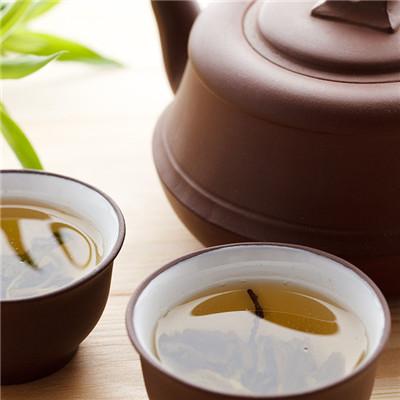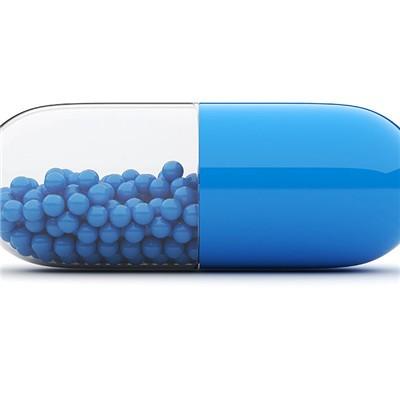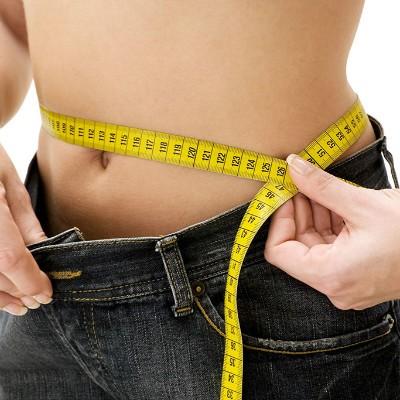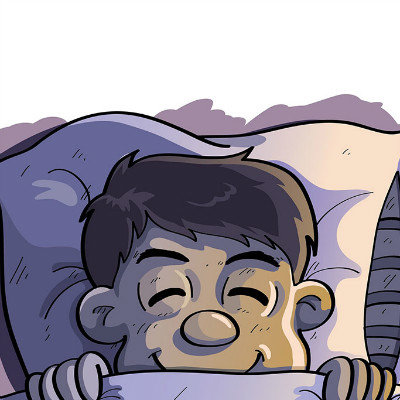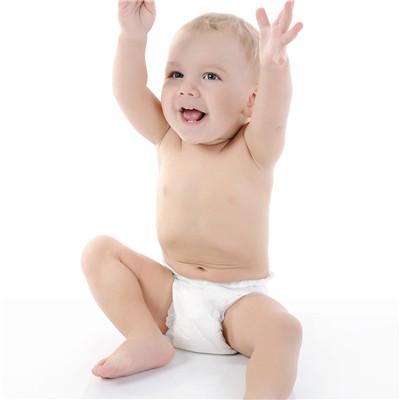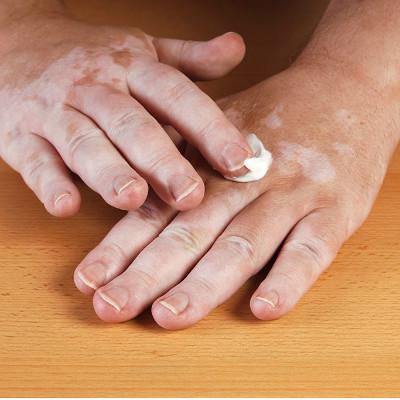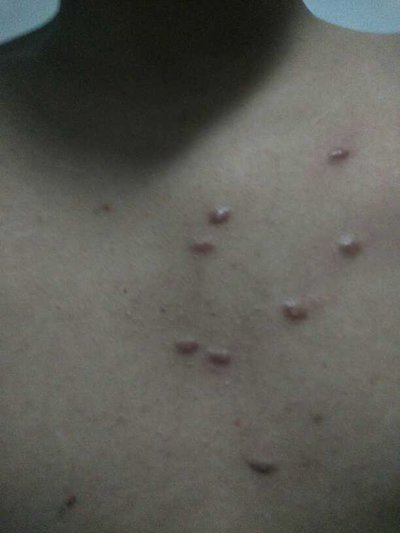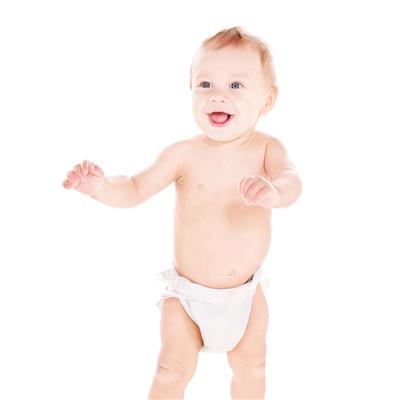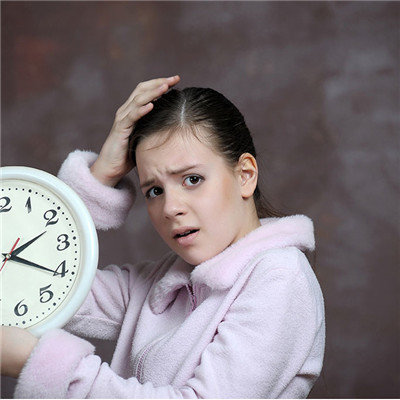What are the reactions to BCG vaccination?
summary
The main target of BCG vaccination is newborn infants. After vaccination, it can prevent the occurrence of tuberculosis in children, especially those serious types of tuberculosis, such as tuberculous meningitis. BCG vaccination is good for the healthy growth of children. What are the reactions to BCG vaccination? Next, I'd like to share my views with you.
What are the reactions to BCG vaccination?
Lymphadenitis: 1-2 months after BCG vaccination, lymph nodes in neck, armpit and clavicle were enlarged (more than 1.0cm). If the reaction is too strong, lymph node enlargement is obvious, and abscess or ulceration may be formed, or there are small pus scars at the inoculation site. The reaction of intradermal injection is often stronger than that of scratch method. In addition, the reaction of old tuberculin (OT) test is also stronger after inoculation.
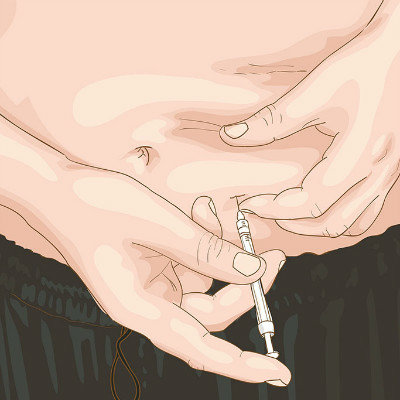
When there are local pus blisters or ulcers after BCG vaccination, there is no need to wipe medicine or bandage. However, the local part should be kept clean, and the clothes should not be worn too tightly. If pus flows out, it can be gently wiped with sterile gauze or cotton, and it should not be squeezed. On average, it will naturally heal and scab in about two to three months. The scab should wait for it to fall off naturally, and it should not be removed in advance.
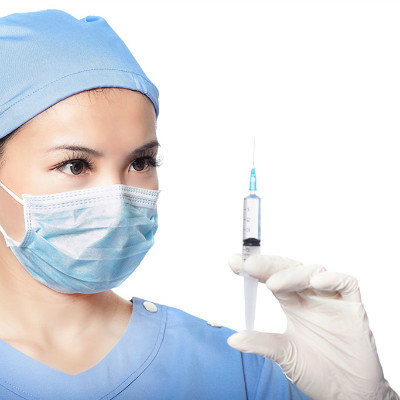
Within 2-3 days after BCG vaccination, there is a slight redness and swelling on the skin of the vaccination site, which is a non-specific reaction and will disappear quickly. About 2 weeks later, there are papular like lumps with redness and swelling, which sometimes soften into small white abscesses. Later, they burst to form superficial ulcers, generally no more than 0.5 cm, with a small amount of pus, and then gradually scab, After the scab fell off, there was a slight scar. It lasted for 2-3 months, which was the normal reaction of BCG.
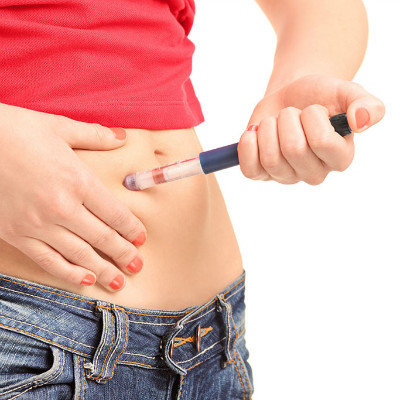
matters needing attention
If scar appears after injection, surgical resection should be avoided during treatment. Local blocking therapy can be used. Hydrocortisone acetate 12.5mg, isoniazid 100-300mg and 0.5% procaine solution are mixed properly. Then the mixed solution is injected locally with sterile syringe, twice a week. After 10 times of continuous injection, stop for 2 weeks, and then continue to inject until the keloid becomes flat

